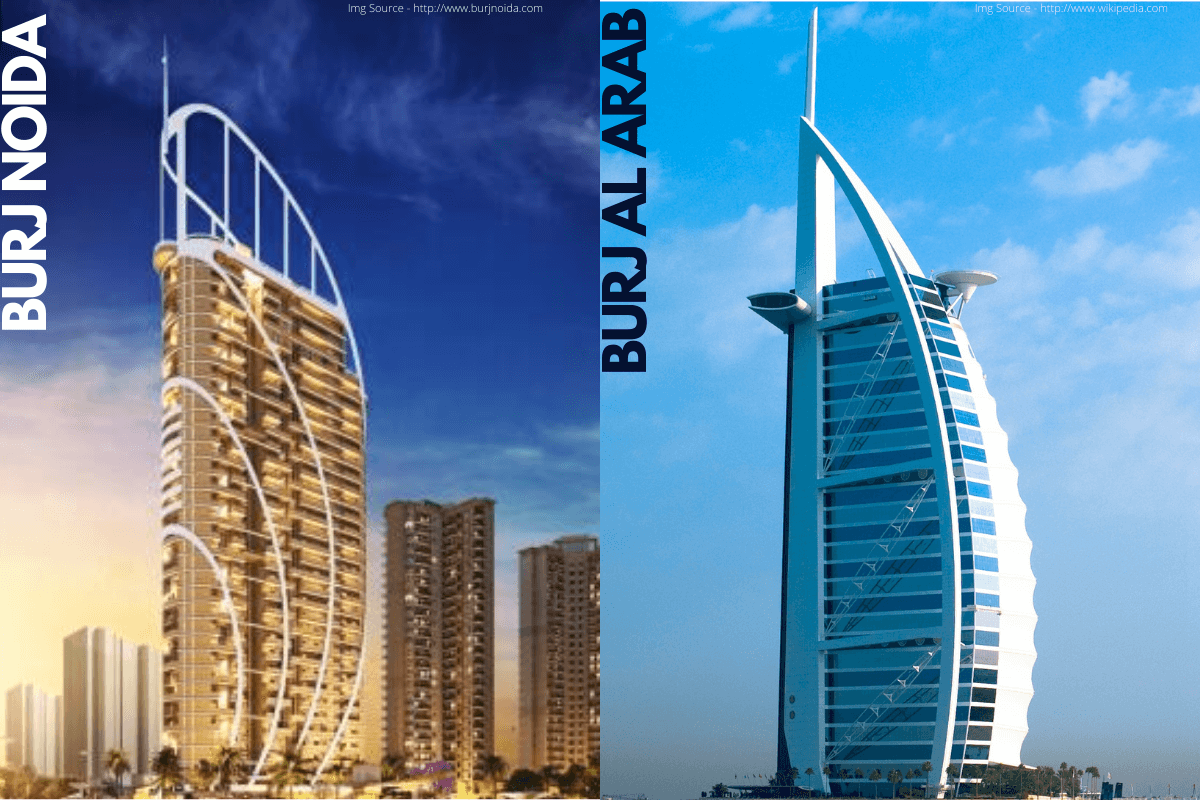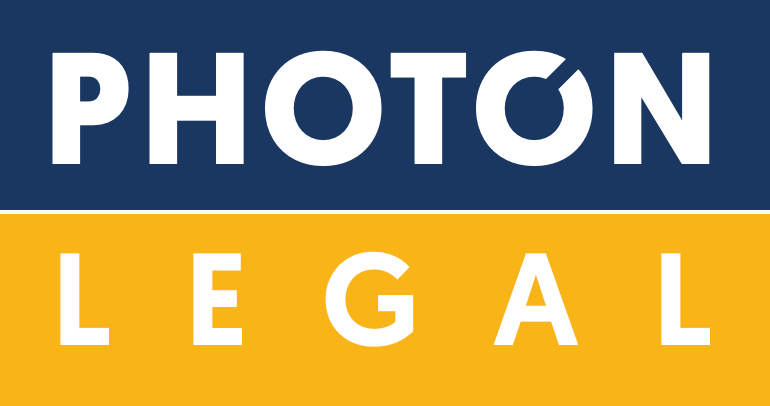
Introduction
Set out on an exclusive island, the ultra-modern architecture of Burj Al Arab was in the headlines as the Jumeirah Beach Resort LLC filed a plea voicing that a development project by Designarch Consultants Pvt Ltd in Noida, India, are using the trademark ‘Burj’ in the upcoming projects. The Designarch group under the name BURJ NOIDA has set out a headway to construct buildings resembling the Burj Al Arab in Dubai which is a sterling seven-star hotel and also an engineering marvel recognized globally.
Jumeirah Resorts have been using the mark BURJ/ Burj Al Arab since 1999. They operate under the domain name www.burjalarab.com and www.jumeirah.com and are registered under Classes 35– (1253326), 36 –(1253326), 39-(1253326), 41-(1253326) and 42-(1253326), albeit, has no trademark registration in Class 37 that pertains to building construction; repair; installation services. In addition to the trademarks, Jumeirah has also gained copyright protection over the artistic works used in the logo trademarks.
Conversely, Designarch uses trademark, “BURJNOIDA”- (2093367) in Class 37 since 2011 and got their logo registered in 2019.

Moving further
Jumeirah’s “Burj” mark – (1058204) as trademark in India was registered in 2001 under class 16 that applies Goods & Products related with Paper and Printing, but they do not have any registration for its logo mark in India in any class. On the other hand, Designarch has the trademark for “BURJNOIDA” in class 37 that is in relation to its business of building construction, and they also have a trademark for their logo in class 37 that was registered in 2019.
Not long ago, Jumeirah discovered the project “BURJNOIDA” and claimed that Designarch not just outrightly infringed upon their trademark but their logo, shape and colour as well. The account further took shape when the Jumeirah felt deprived of their rights and filed a legal suit against Designarch.
What Was the Matter in Question?
The issues to be addressed majorly dealt with the questions
-whether Jumeirah has exclusive rights over a common word like “BURJ”, which literally means ‘Tower’;
-whether their architectural building is unique and whether Designarch is depriving Jumeriah of its rights.
Contentions Of The Parties Involved
Designarch contends that Jumeirah has no registration for the mark “Burj Al Arab” under class 37 in India, further stating that they do not have a registration for its logo in any class in India. Designarch also pointed out that Jumeirah cannot monopolize services it does not offer.
On the flip side, Jumeirah voiced that Designarch has blatantly infringed a significant part of their trademark rights by evidently copying and using the well reputed and globally recognized BURJ marks. They sought to the court to restrain Designarch from using the mark which is identical with and/or deceptively similar to their famed marks.
The Legal Battle
In the year 2020, Designarch had established a prima facie case and Jumeirah was restrained from threatening them with regards to the registered mark/ logo or designs and the Court directed Jumeirah to give a notice before initiating any proceeding claiming infringement.
Advancement Of the Battle in 2021
After analyzing the similarities meticulously, the court observed that “the Designarch’s trademarks are deceptively similar to the marks of the plaintiff. The essential features of the trademark of the Jumeirah have prima facie been copied.”
The court also called attention to the fact that, to obtain a trademark protection in India, Jumeirah has the onus to prove that their mark is well known in India and as they have been in the market for more than two decades it substantiates that they were the first worldwide user of the mark and it was established that the reputation of the “BURJ” mark had gained popularity in the Indian market because of Jumeirah’s usage of the mark.
The Balanced Verdict :
While delivering the judgment the court had a balanced footing and ruled the following:
- Jumeirah’s Intellectual Property rights were infringed.
- Designarch is permitted to proceed with the ongoing residential project of BURJNOIDA, although no further projects should be developed by them under the mark Burj.
- The court wisely saved both the parties from sinking, the lamenting fact lies to the extent that no one can save the intellect creation from being copied if it is not essentially protected, thereby highlighting the importance of protecting one’s creation in the ever-evolving setting.
Takeaway:
The case remains eminent for highlighting the importance of trademark registrations. Such judgments that have a balanced notion attached to it are a reminder for us that while we select and register a trademark, the primary purpose of a trademark is to distinguish the goods or services of one person from those of another. If a mark is not distinctive, it could lead to confusion in the minds of consumers and deceive them as to the origin of the product or service it represents. The case of Burj Al Arab v. Burj Noida, is a perfect cue for all the start-ups out there trying to expand and flourish.
For further insights on trademark infringements, readers may also read –
Prayank Khandelwal, “Does you Mark Qualify to be a Well-Known mark?” (2021)
(Available at https://photonlegal.com/blogs/does-your-mark-qualify-to-be-a-well-known-mark/).
Anushree Capoor and Amit Koshal, “Why Should you file for Trademarks?” (2020)
(Available at https://photonlegal.com/blogs/why-should-you-file-for-trademarks/).
Anushree Capoor and Prayank Khandelwal, “Hul v. Emami – The Trademark Battle” (2020)
(Available at https://photonlegal.com/blogs/hul-vs-emami-the-trademark-battle/).
Utkarsh Singh and Prayank Khandelwal, “Trademark Infringement and Intermediary Liability” (2019)
(Available at https://photonlegal.com/blogs/trademark-infringement-and-intermediary-liability/).

